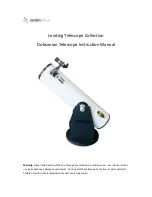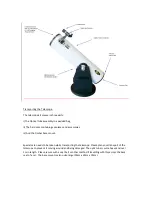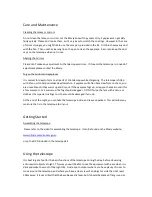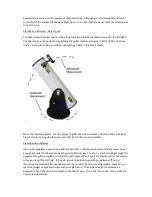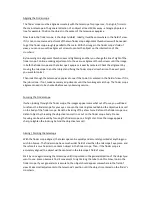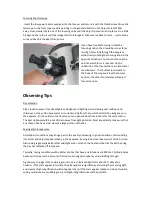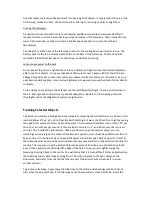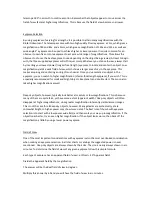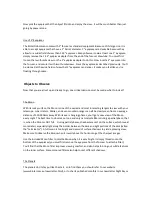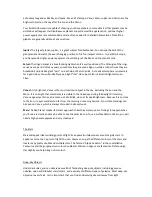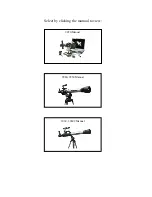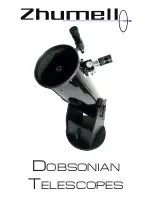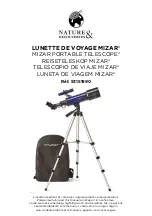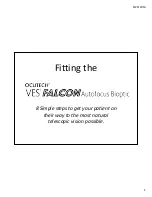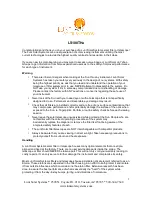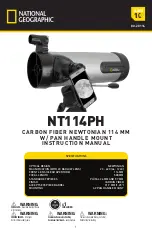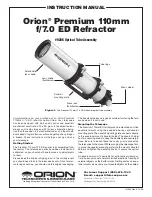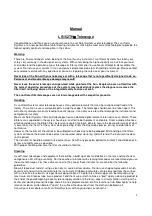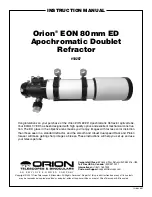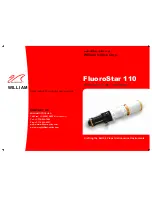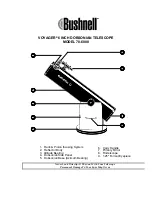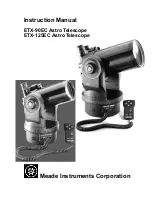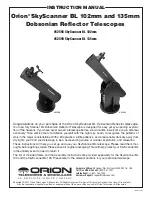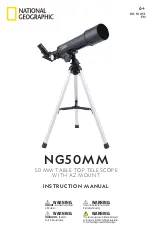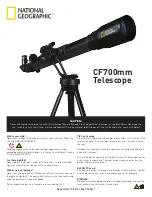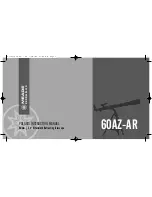
Good transparency is especially important for observing faint objects. It simply means the air is free
of moisture, smoke and dust. Which all tend to scatter light, reducing an object’s brightness.
Cooling the telescope
All optical instruments need time to reach thermal equilibrium to achieve maximum stability of
lenses and mirrors, which is essential for good performance of the telescope. When moved from a
warm indoor location, outside to cooler air a telescope needs time to cool to the ambient
temperature.
A cooling fan is at the base of the telescope to assist in the cooling down period prior to use. The
battery pack for the fan is attached with Velcro to the base of the telescope. The fan should be
switched off after the telescope has cooled down, and before observing.
Let your eyes adjust to the dark
Do not expect to go from a lighted house into the darkness of night outdoors and immediately be
able to see faint objects. Your eyes take about 30minutes to reach approx. 80% of their full dark-
adapted sensitivity. Many observers notice improvements after several hours of darkness. As your
eyes become dark adapted, more stars will glimmer into view and you will be able to fainter details
in objects.
To see what you are doing in the darkness use the red filtered flashlight – there is one included in
the kit. Red light does not spoil your eyes dark adaptation. Beware too that nearby porch and
streetlights and car headlights will spoil your night vision.
Tracking Celestial Objects
The Earth is constantly rotating about its polar axis, completing one full rotation every 24 hours; this
is what defines a “day”. We do not feel the Earth rotating, but we can tell that it is at night by seeing
the apparent movement of stars from east to west. This movement translates into a rate of .25° per
minute, or arc-seconds per second. (There are 60 arc-minutes in 1°, and 60 arc-seconds in one arc-
minute.) This is called the sidereal rate. When you observe any astronomical object, you are
watching a moving target. This means the telescope’s position must slowly be updated over time to
keep an object in the field of view. To keep the object in the telescope’s field of view (to “track” it),
the telescope must be moved by small increments every now and then, in the direction the object is
moving. This is easy to do with a Bintel Dobsonian because of its buttery smooth motion on both
axes. As the object moves off toward the edge of the field of view, you just lightly nudge the
telescope to bring it back to the center. You will notice that it is more difficult to track objects when
the telescope tube is aimed nearly straight up. This is the inherent to the basic design of the
Dobsonian, and stems from the fact that there is very little azimuth when the tube is in a near-
vertical position.
To gain more leverage, try grasping the tube close to the altitude side bearings with both hands.
Also, when looking overhead, if the telescope cannot be moved any more in altitude, rotate the

